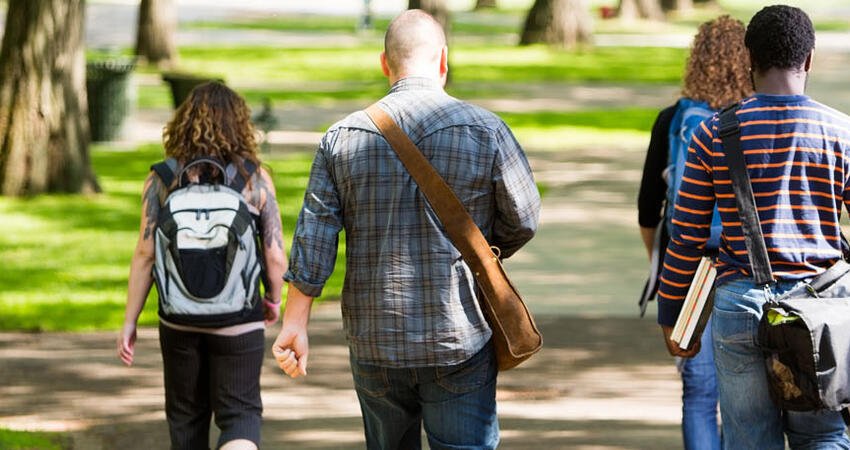
As the Price of Higher Education Rises, College Students Face Housing and Food Insecurity
- Title:
- As the Price of Higher Education Rises, College Students Face Housing and Food Insecurity
- Author:
-
Katharine Broton, Sara Goldrick-Rab
- Source:
-
Educational Researcher
- Publication Date:
-
2018
As the price of higher education continues to rise, the degree completion gap between the rich and the poor widens. Just 14 percent of students in the lowest socioeconomic status quartile complete a bachelor’s degree or higher within eight years of high school graduation. Though policy experts understand that basic needs must be met to maximize learning among elementary and secondary school–age children (a human development theory that supports the use of free and reduced-price lunch programs and subsidized housing), this rationale is not extended to college or university students. And little research has explored how food and housing insecurity affect undergraduates from low-income households once they arrive on campus. This study aims to examine how many students struggle to afford basic needs such as food and housing as they pursue upward mobility via higher education.
The study draws on data from four surveys representing more than 30,000 two- and four-year college students at 121 colleges and universities across 26 states. The questionnaires used measurements of food and housing insecurity, including the US Department of Agriculture’s validated six-item food security scale; ability to sufficiently pay rent and utilities; experience of sheltered or unsheltered homelessness; or living doubled up because of financial problems. The findings suggest that to increase college completion rates, greater attention must be given to material hardship faced by college students.
Key findings
- Half of respondents are food insecure, and recent estimates suggest that at least 20 percent of community college students have low levels of food security, which is often associated with hunger.
- Community college students were more likely to report housing challenges than four-year students in the same state higher education system. At least 1 in 10 and up to 1 in 5 four-year college students reported being housing insecure. The most recent estimates indicate that half of surveyed community college students experienced housing insecurity in the past year.
- Between 6 and 14 percent of community college students were homeless. Among four-year college students, 2 percent were homeless or experienced homelessness in the past year.
- Housing-insecure students most commonly reported being unable to pay rent or utility bills.
- Most community college students who are food or housing insecure are working, and they work 30 hours a week, on average.
- Fifteen percent of respondents’ households had received housing-related public assistance in the past year.


